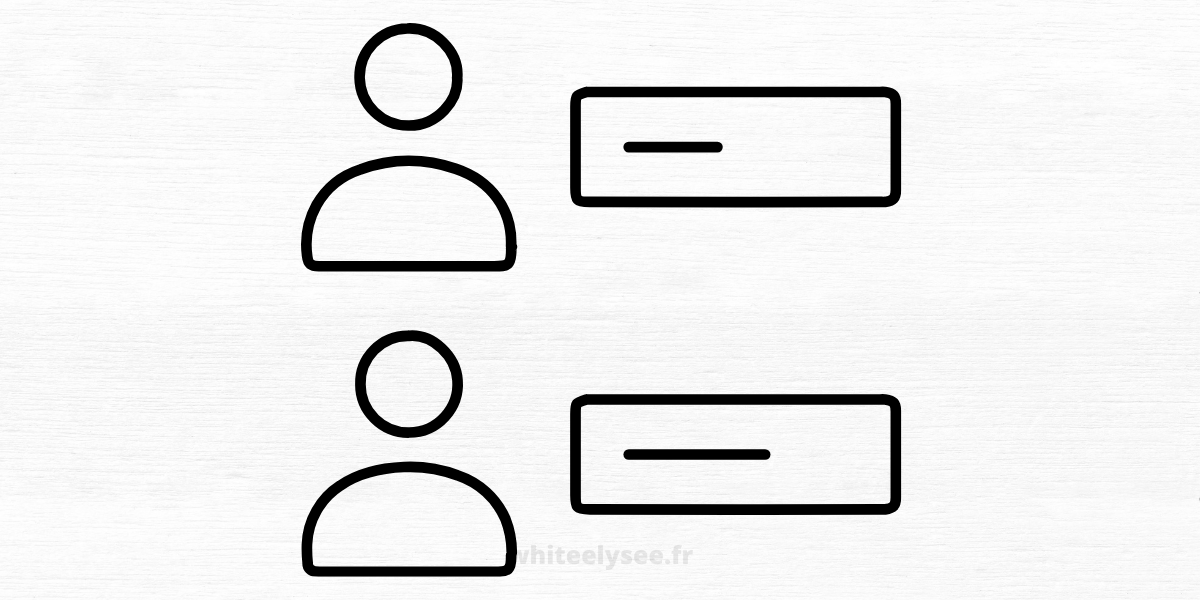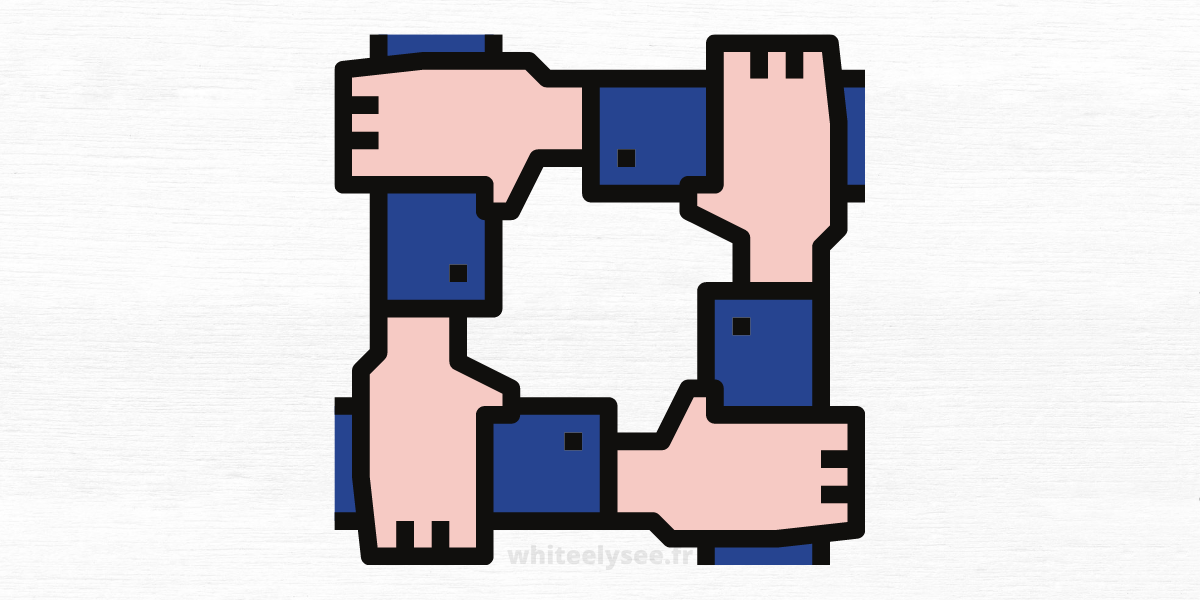
Have you ever wondered why training “High Performing Team” often doesn’t produce a “High Performing Team”?
Training states, “An all-star team will beat a team made up of all-stars any time.” This is the fundamental flaw that causes High-Performance Team Training to fail. As if you had to choose, it pits high-performing people against high-performing teams.
You can have your cake and eat it as well in this instance. There is no need to choose between High Performing Teams and High Performing People. Both are necessary for a thriving work environment.
Why do teams fail to perform
Here are four reasons teams don’t perform:
More important than the individual is the team
The individual is not part of a team.
The team lacks focus.
The team lacks a leader.
Staff engagement will drop if the team is considered more important than the person. This is because people don’t feel valued for their contributions to the team. This scenario calls for training to be directed at the entire team. This could lead to a team with fewer skills, which can seriously impact the team’s ability to perform.
The other extreme is that the individual is more important than the group if they are focused on their own achievement. This is where the problem lies. People can focus too much on their accomplishments and neglect other people. This can cause the “team” to pull in different directions simultaneously, and the team will burn a lot of energy working against each other.
Team performance can also be affected by a lack of focus. Imagine a soccer team trying to score but not knowing where the goals are! This is often the case for work teams. Sometimes goals are unclear or constantly changing. Sometimes, goals can even conflict with one another. If the team doesn’t have a clear understanding of its purpose, strategy, and goals, this can also happen.
Without a clear leader, a team can flounder if it is not directed in the right direction. The leader does not need to tell the group what they should do. However, they must be able to guide the team in making decisions so that it moves in a forward direction. To be effective, they must be able to communicate a common theme to the team in a common language.
Recognizing when teams aren’t performing
Are you able to assess the performance of your team? This might seem like an odd question to ask. Many couples don’t have clear directions or clear measures of their performance. Even if they have measurements, they usually focus on the outcomes and not the team’s efficiency.
You will likely find low engagement and miss individual KPIs if the team is considered more important than the person. Low concentration will usually lead to high turnover, unplanned absenteeism, and low morale. These are excellent indicators that can be used to gauge how your team is performing if you don’t currently track them.
You will see individual KPIs being met if the individual is considered more important than the group. However, this will be met with frustration. It is unlikely that there will be shared goals. Your people will have different perspectives on the same topics. If the KPIs of each individual is not shared by the team, they will be missed on a regular basis.
The team will lose focus if it lacks focus. Poor team performance can be caused by a lack of team KPIs. The team’s KPIs are often the manager’s KPIs. These are not clearly communicated to the team, and they become frustrated in trying to reach what seems to be a moving target.
Rectifying teams who don’t perform
Recognizing that the team isn’t performing well is the first step in improving team performance. You can do this by looking at individual and group KPI’s and then using a Balanced Scorecard. Effective improvement requires the ability to measure team performance.
You can then use a Balanced Scorecard to identify the key areas you need to focus on in order to improve your team’s performance. Then, re-measure the group by putting in the training and activities to fix the problems.
You must measure how the team performs when measuring their performance. It will take too much time for the teams to see the improvements they have made if all KPIs and measures focus on long-term measures (lag indicators).
The Balanced Team Scorecard, which I use, looks at both the task and people side of the team. It also identifies short-term and long-term areas that need to be focused on.
High-Performing Teams… They Can!
High-Performing Teams do not have to be a myth. High-performing teams can also be high performers. It takes effort to focus on the team’s functioning, the members of the team, and the goals and objectives. You can make your team a high-performing one by measuring, monitoring, correcting, and feedback in a continuous cycle.
Brad is an internationally recognized expert in people and the Managing Director at Improving People. Since his youth, he has been fascinated with how people work. He has spent thousands of hours reading and observing people help them overcome their challenges and improve their lives.
He’s been in many roles, including office temping and Managing Director. He is an excellent performer in all of them. Brad has a broad range of industry experience, including in Information Technology, Manufacturing, and Agriculture, as well as Education. He is able to take his unique insights to apply them in almost any situation, ensuring that his clients achieve results and increase their profits.
Brad is also the NSW State Forum manager for the National Speakers Association. He is also a member of the Australian Institute of Company Directors and the I.T. Service Management Forum, the Christian Management Association.





